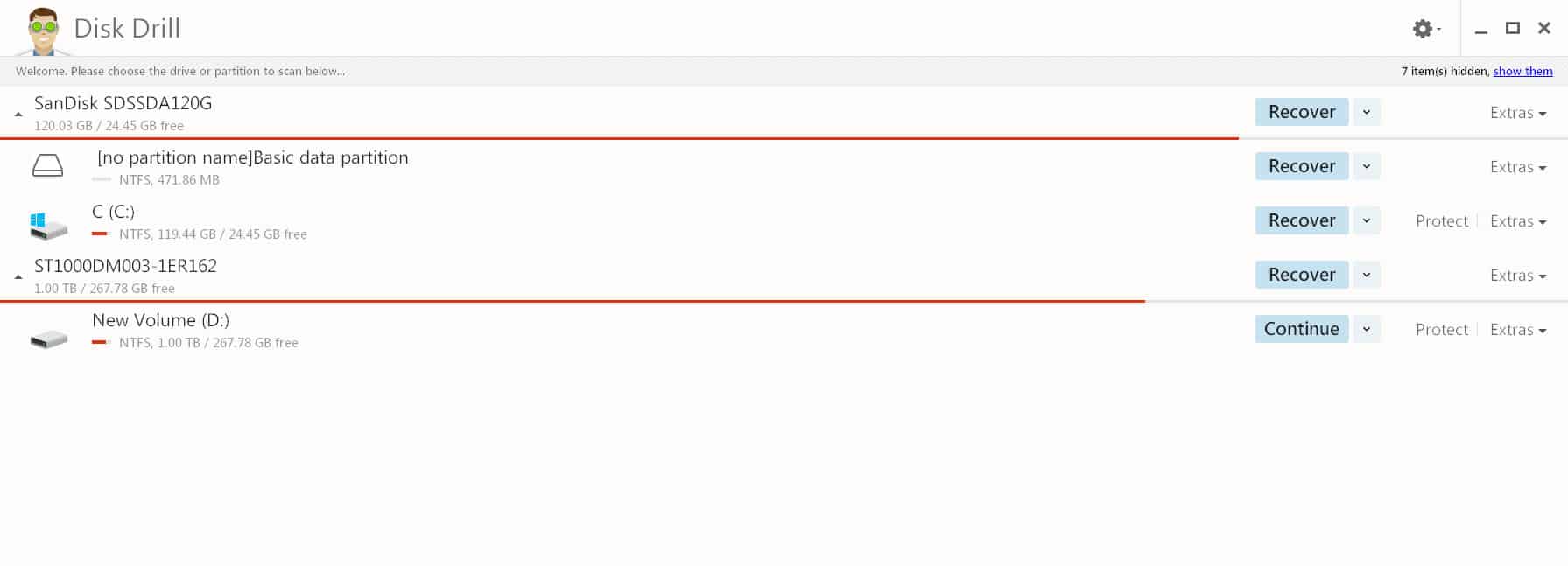

Various factors impact performance when using recovery software. Once complete, you simply select the files you wish to recover – using the filter on the left pane to find specific file types - click Recover, then select where to save them. A quick scan obviously completes faster than a deep scan, but whichever option you choose, Disk Drill displays a status page to show the progress so far. Select the drive or partition to be recovered, click the recovery type drop-down menu on the right, choose the recovery type, then click the Search for lost data button.ĭisk Drill gives the option of individual or all recovery methods. Recovery with Disk Drill is incredibly simple.

The option to attach a disk image is also here – useful if you have an image of an old disk drive that might have some vital documents stored on it. You'll see all internal storage, along with any attached devices such as USB devices and SD/CF cards. Disk Drill's user interface makes it easy to find your drives as well as your files (Image credit: CleverFiles)ĭisk Drill's main screen lists attached devices.


 0 kommentar(er)
0 kommentar(er)
